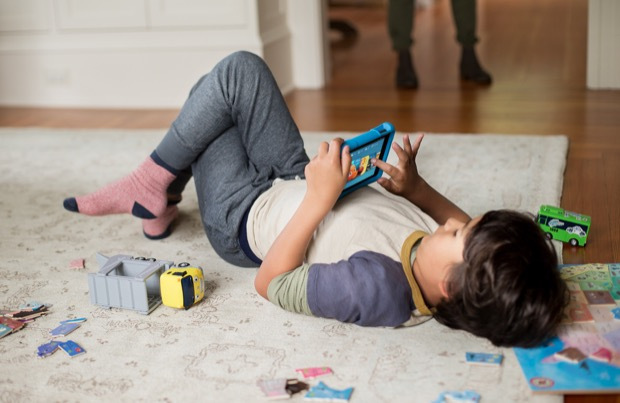

Amazon will refund millions of unauthorized in-app purchases kids made on mobile devices, having now dropped its appeal of last year’s ruling by a federal judge who sided with the Federal Trade Commission in the agency’s lawsuit against Amazon. The FTC’s original complaint said that Amazon should be liable for millions of dollars it charged customers, because of the way its Appstore software was designed – that is, it allowed kids to spend unlimited amounts of money in games and other apps without requiring parental consent.
The FTC had previously settled with both Apple and Google on similar charges, before turning its sights to Amazon.
The issue had to do with the way the Amazon Appstore’s in-app purchasing system worked. The Amazon Appstore is the store that comes preloaded on Amazon mobile devices, like Kindle Fire tablets, for example, though there is a way to load it onto other Android devices, too.
Of course, many kids’ game developers notoriously try to blur the lines between what’s free and paid. They also often design games in a way that they only fully function when kids use in-game items, which can be sometimes earned through gameplay or other times purchased through the app itself. Kids are pushed to buy these things regularly – as any parent can tell you, having experienced their kids’ begging for these items.
But in Amazon’s Appstore, which launched back in 2011, the company didn’t originally require passwords on in-app purchases. This allowed kids to buy coins and other items to their hearts’ content. One particularly awful example involved a game called “Ice Age Village” that offered an in-app purchase of $99.99.
Amazon introduced password-protected in-app purchases in March 2012, but then only on those where the purchase exceeded $20. In early 2013, it updated the system again to require passwords, but also allowed a 15-minute window afterwards where no password was required. The FTC said Amazon didn’t obtain “informed consent” until July 2014.
To make matters worse, parents complaining weren’t told how to get a refund and Amazon had even suggested at times that refunds weren’t possible, the FTC’s complaint had said.
Amazon and the FTC have now agreed to end appeals related to the earlier ruling, the FTC announced on Tuesday, April 4. Another issue that had come into play was the FTC’s request for an injunction to forbid Amazon from similar conduct in the future. The court denied that injunction, the FTC appealed, and Amazon cross-appealed the ruling that said Amazon had violated the law.
Now the two parties have agreed to end their litigation and begin the refund process.
More than $70 million in in-app charges made between November 2011 and May 2016 may be eligible for refunds, the FTC notes. It’s not likely that all affected customers will take the time to make their requests, however.
Amazon has not yet announced how the refund program will operate or when it launches but these details are to come shortly, says the FTC.

